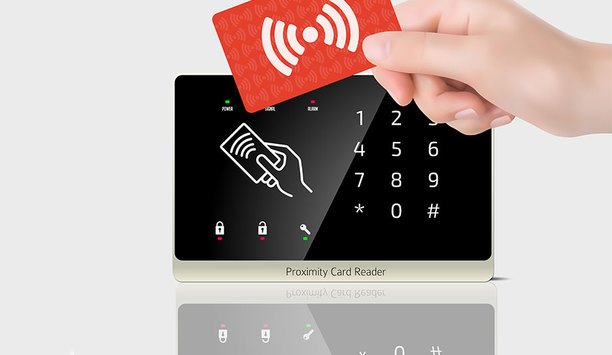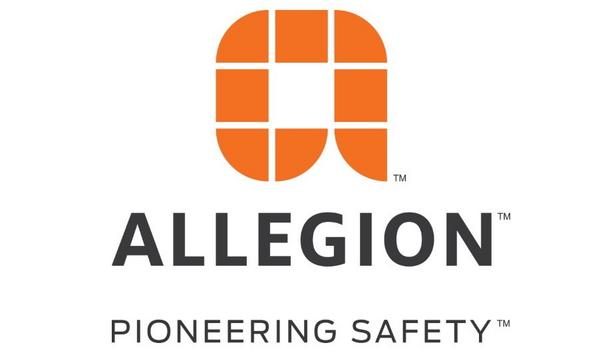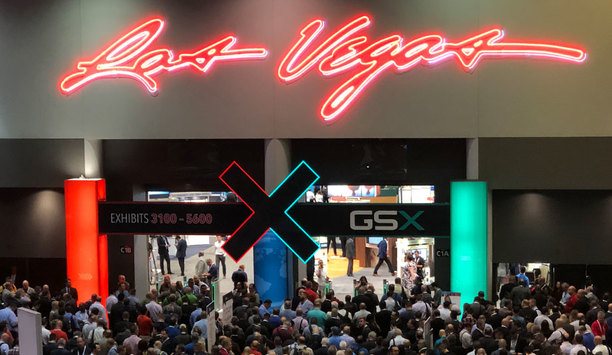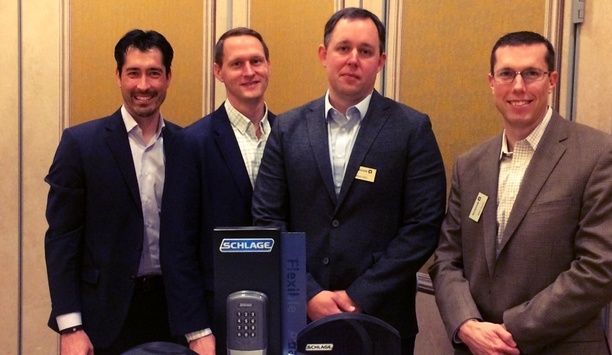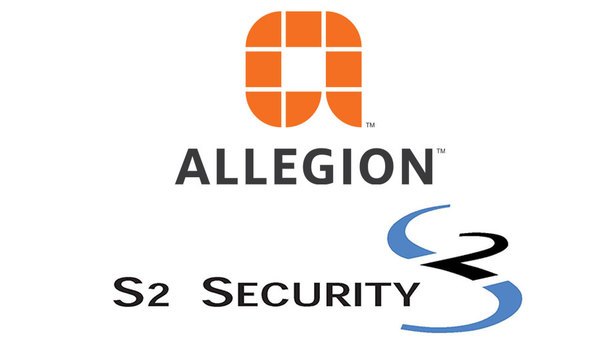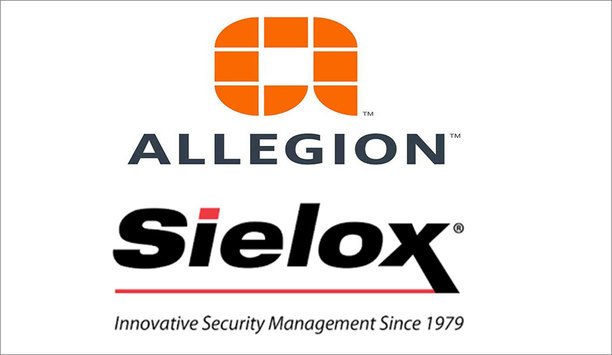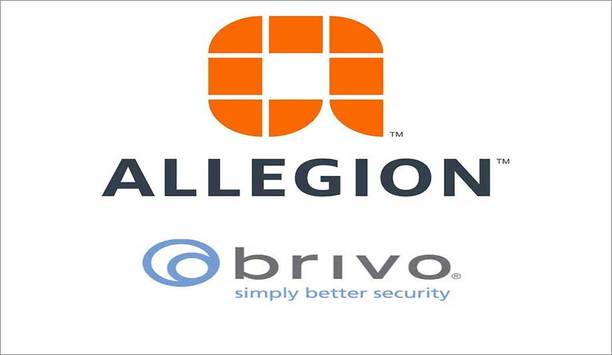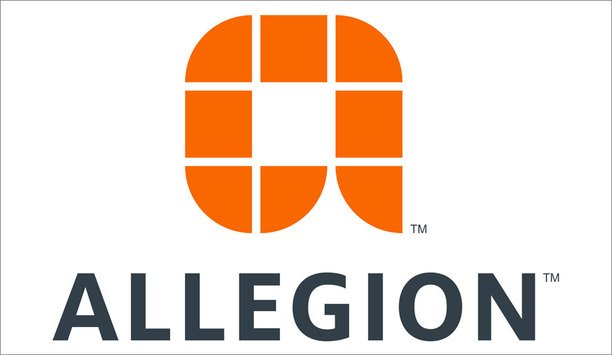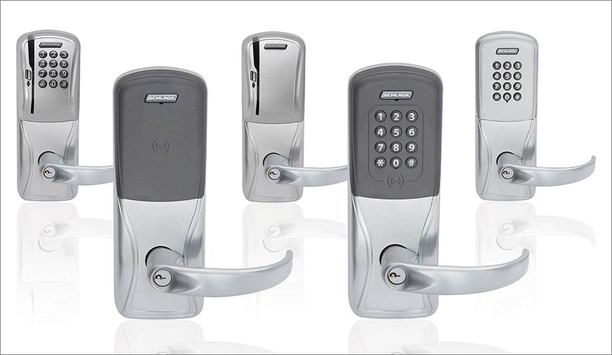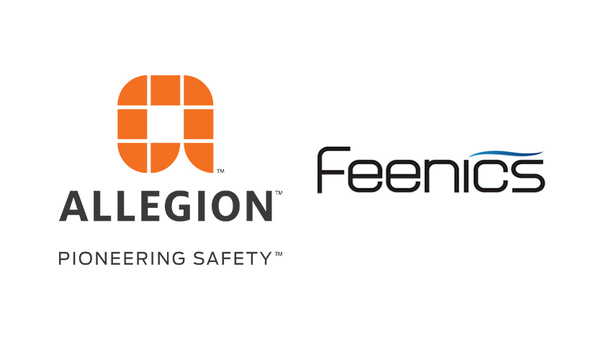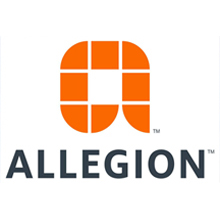Brad Aikin

Brad Aikin
Business Leader, Electronic Locks, Allegion plcBrad Aikin is the Business Leader of Commercial Electronic Security Products at Allegion. He oversees product development and provides day-to-day leadership to the business by helping drive the adoption of electronic access control beyond the perimeter to interior spaces within any business or facility, no matter its size or complexity.
Articles by Brad Aikin
New construction has continued to grow as a result of low interest rates in 2016 and that has positively impacted the security marketplace. Yet the limited availability of skilled labor is becoming a...
Strong electronic access control (EAC) investments by the healthcare and education verticals were a highlight of a very strong 2015 for Allegion. The company saw double-digit growth in multiple catego...
News mentions
The last regularly scheduled spring ISC West trade show was held in 2019. The show returned last year with a rescheduled event in the summer, and attendees were largely pleased with the offerings. How...
Allegion, a globally renowned provider of security products and solutions, will be demonstrating new seamless access products and services at ISC West 2021 (booth #16059), the security industry's one...
The last day of Global Security Exchange (GSX) in Las Vegas proved to be the calm after the storm. But a slower third day could not undermine a largely successful 2018 show for exhibitors and attendee...
Wireless locks offer specific advantages for access control end users and integrators, and some of their value has yet to be realized in the market. Wireless locks expand the range of applications for...
The concept of door locks means something totally different in our current age of smarter buildings that house data-driven businesses. Hardware locks and keys are still around, but they co-exist with...
S2 Security, the provider of IP-based access control, video management and mobile security management systems, and Allegion, a global security products and solutions provider, announces S2 NetBox seri...
The Schlage LE wireless mortise lock with ENGAGE™ technology is easy to install, connect, manage and use Allegion, a global provider of security products and solutions, announ...
Sielox is among the first to integrate with Schlage’s newest wireless lock Allegion, a global security products and solutions provider, is broadening its offerings with Sielox...
Allegion, Brivo integration offers installers a cost-effective security management solution Allegion, a provider of security products and solutions, and Brivo, a global provider of...
Allegion and BadgePass have expanded their offering of credentials, readers and wireless electronic locks Allegion, a global security products and solutions provider, has annou...
Schlage AD-Series wireless electronic locking systems provide options – credentials, styles, and modes – that add to the Symmetry system’s flexibility, scalability, and c...
The integration offers improved total cost of ownership and more compatibility for installers Allegion, a security products and solutions provider, has worked with Feenics to provid...
Galaxy Control Systems, a leading manufacturer of integrated access control, video and security solutions, announces that it has enhanced the level of integration between its industry-leading System G...
Allegion is proud to be a longtime BOMA Cornerstone Partner at the international level Allegion, a leading global provider of security products and solutions, attends Building Owner...
PLAI provides a common platform that allows different PACs systems to communicate and effectively synchronise identities The Physical Security Interoperability Alliance (PSIA) conti...
900 MHz wireless and WiFi (2.4GHz) are different technologies but sometimes used interchangeably 900 MHz wireless and Wi-Fi (2.4 GHz) are sometimes used interchangeably in the...

